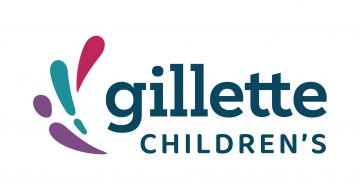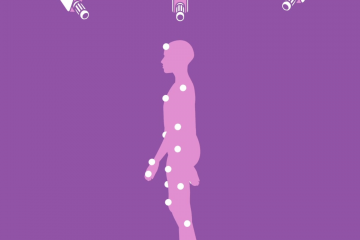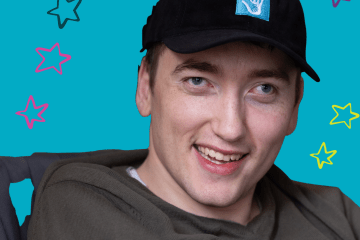Why Gait Patterns Matter? Learn More About Bilateral Gait/Diplegia
Cerebral palsy is a neurological condition and as such it affects the brain and we know that the brain is the main controller of movement and walking. In addition to those primary neurological problems, there are secondary effects in the musculoskeletal system where the muscles and the bones and joints may not grow and develop properly, as a result, muscles and joints can be tight, bones can be out of alignment, and all of those factors can work together to adversely affect cerebral palsy gait.
Bilateral cerebral palsy refers to individuals who have effect on both sides of their body. These gait patterns are much more difficult to classify and they're much more variable. The reason that gait analysis is so important is because it can break these complex movement patterns down into all three planes, and then we can evaluate all three planes individually for each body segment in each joint.
One of the real examples of that is the difference between true equinus and apparent equinus. In both cases, you may not have the foot flat on the ground, so you can be toe walking.
True Equinus = Due to stiffness of the ankle.
Apparent Equinus = Due to problems with excessive flexion of the knee.
Jump gait is a gait pattern that is fairly common for children at ages seven to nine with bilateral cerebral palsy. Maybe they've started to be up on their toe, but their knee is still in a good position, so they maintain their knee in full extension. They may land with their knee excessively flexed, but during mid-stance, their knee is in full extension.
Crouch gait occurs if things continue to progress and worsen. Crouch gait is difficult to define. Most people would define it as being excessive knee flexion during stance phase, and the angle is excessively dorsal flexed. Gait patterns can progress from equinus to jump gait to crouch gait and increasingly severe involvement of crouch.
"The reason it is so important to understand your child's gait pattern so that you can understand the most appropriate treatment options and maximize long term outcomes."






